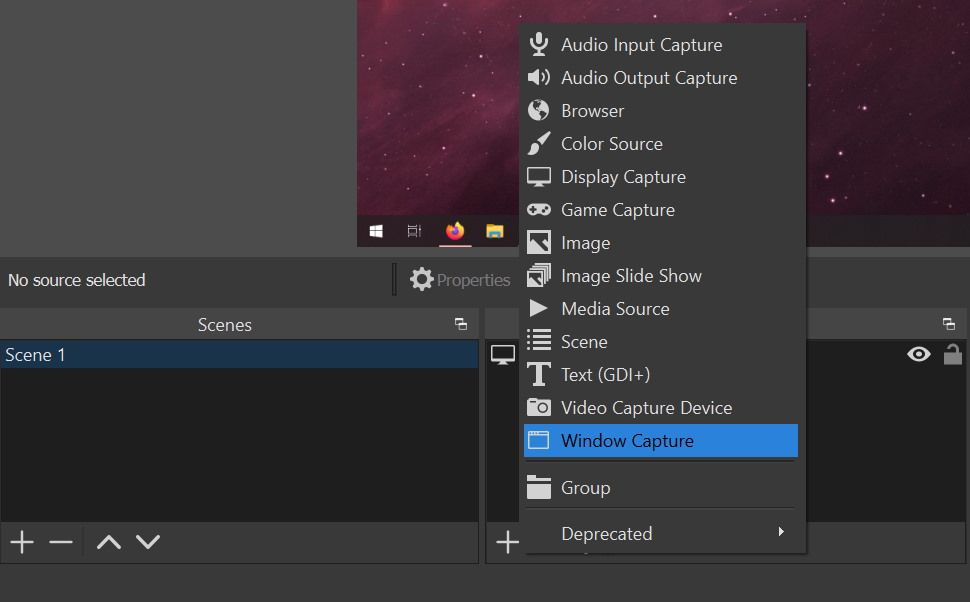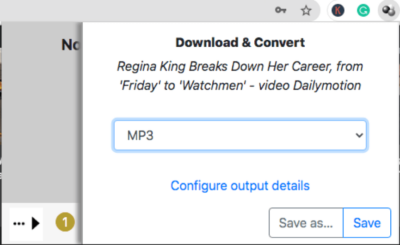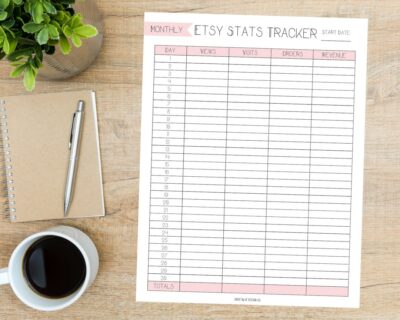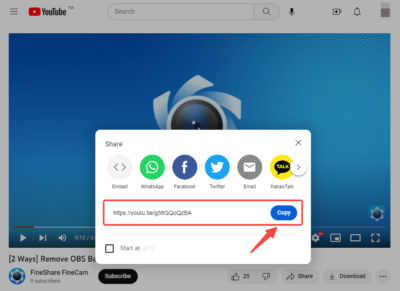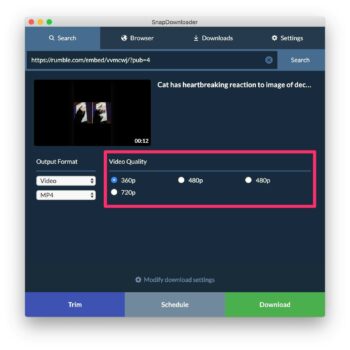Integrating Spotify with OBS offers a myriad of advantages, enhancing your overall streaming experience. Here are some key benefits:
- Dynamic Music Selection: With Spotify integration, you have access to an extensive library of music, enabling you to create dynamic and engaging playlists that resonate with your audience.
- Enhanced Viewer Engagement: Music has the power to captivate and engage your audience. By seamlessly integrating Spotify into OBS, you can keep your viewers entertained with a personalized soundtrack that complements your content.
- Professional Presentation: Elevate the production value of your streams by adding a professional touch to the audio segment. Spotify integration allows for a polished presentation, making your streams more enjoyable for viewers.
- Seamless Transition between Scenes: Customize your scenes with different music playlists to suit the tone of your content. This creates a smooth transition between scenes, enhancing the overall flow of your streaming sessions.
- Time and Effort Savings: Streamlining your music integration process with OBS and Spotify saves valuable time. You can focus more on creating content and interacting with your audience instead of managing separate music players.
- Increased Subscriber Retention: A well-curated music background can contribute to subscriber retention. By integrating Spotify, you provide an immersive experience that encourages viewers to stay connected and return for future streams.
Additionally, consider the table below highlighting specific features and advantages of Spotify and OBS integration:
| Feature | Advantage |
|---|---|
| Customizable Playlists | Create personalized playlists tailored to different streaming themes. |
| Real-time Updates | Instantly update and change your music choices during live streams. |
| Audio Source Management | Effortlessly manage audio sources within OBS for a seamless streaming experience. |
Unlock the full potential of your streaming content by harnessing the benefits of integrating Spotify with OBS. The combination of music and visuals will undoubtedly leave a lasting impression on your audience.
How to Connect Spotify with OBS
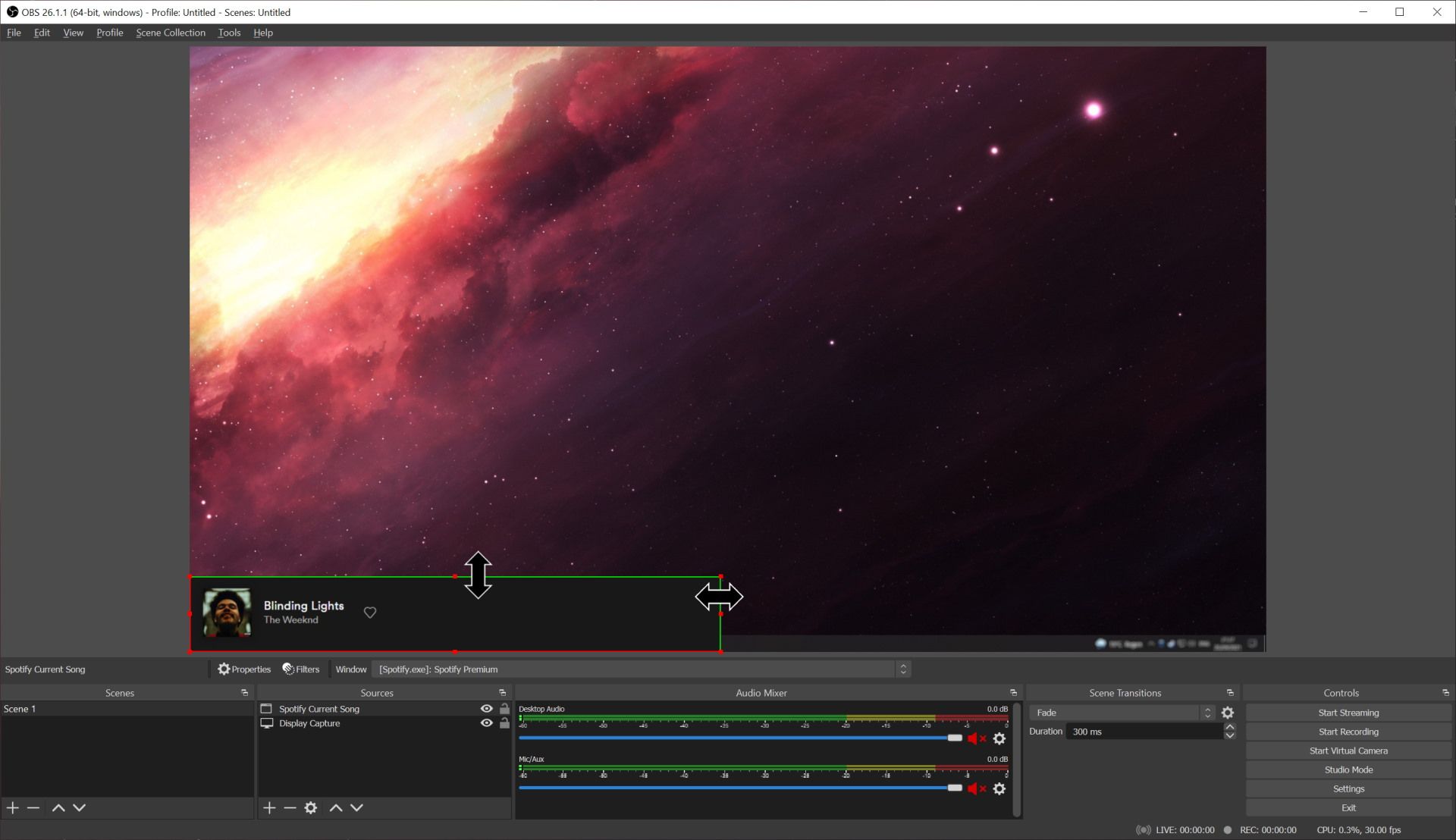
Connecting Spotify with OBS is a straightforward process that enhances the audio dimension of your live streams. Follow these steps to seamlessly integrate Spotify into OBS:
- Download and Install OBS: Ensure you have OBS Studio installed on your system. You can download the latest version from the official OBS website.
- Open OBS: Launch OBS Studio on your computer and navigate to the scene where you want to add the Spotify audio source.
- Add Audio Source: In OBS, click on the "+" icon in the "Sources" section. Choose "Audio Output Capture" from the menu.
- Select Spotify: Name the audio source and click "OK." In the next window, choose your primary audio device, which is typically your speakers. Click "OK" again.
- Launch Spotify: Open Spotify and start playing the desired music. Ensure the audio output in Spotify matches the audio source you added in OBS.
- Adjust Audio Levels: Use the audio mixer in OBS to control the volume levels of your Spotify audio source. This allows you to achieve the perfect balance between your voice and background music.
For a visual representation, refer to the table below for a step-by-step guide on connecting Spotify with OBS:
| Step | Description |
|---|---|
| 1 | Download and install OBS Studio from the official website. |
| 2 | Open OBS and navigate to the desired scene for Spotify integration. |
| 3 | Add an audio source by clicking the "+" icon in the "Sources" section and selecting "Audio Output Capture." |
| 4 | Name the audio source, choose your primary audio device, and click "OK." |
| 5 | Launch Spotify, play your desired music, and ensure the audio output matches the OBS audio source. |
| 6 | Adjust audio levels using the OBS audio mixer for optimal balance. |
By following these steps, you'll seamlessly integrate Spotify into OBS, enhancing your streaming experience with a harmonious blend of visuals and music.
Also Read This: How to Create a Behance Slideshow: A Step-by-Step Tutorial
Customizing Spotify Layouts in OBS
Personalizing the layout of Spotify within OBS allows you to create a visually appealing and immersive streaming environment. Here's a guide on customizing Spotify layouts to match your unique style:
- Overlay Design: Consider designing an overlay that complements your stream's aesthetic. This can include incorporating your branding, color scheme, and any additional graphics that align with your content theme.
- Custom Scene Transitions: Enhance scene transitions by adding unique animations or graphics that seamlessly blend with your Spotify visuals. This provides a professional and polished look to your stream.
- Now Playing Widget: Integrate a "Now Playing" widget to display the currently playing track on your stream. This feature not only keeps your audience informed but also adds a dynamic element to your layout.
- Album Art Display: Utilize the album art display feature within OBS to showcase the visual representation of the currently playing music. This adds a visually engaging element to your stream.
- Text Overlays: Experiment with text overlays to highlight song titles, artist names, or any other information relevant to your stream. Customizing fonts, colors, and positioning can contribute to a more cohesive and branded appearance.
- Interactive Elements: Incorporate interactive elements such as clickable buttons or animations triggered by certain events in the music. This not only adds a layer of interactivity but also keeps your audience engaged.
For a quick reference, consult the table below summarizing key customization options for Spotify layouts in OBS:
| Customization Option | Description |
|---|---|
| Overlay Design | Create a visually appealing overlay that aligns with your stream's branding. |
| Custom Scene Transitions | Add unique animations or graphics for smooth and professional scene transitions. |
| Now Playing Widget | Integrate a widget to display the current track, adding a dynamic element to your layout. |
| Album Art Display | Showcase the visual representation of the currently playing music with the album art display feature. |
| Text Overlays | Add text overlays to highlight song titles, artist names, and relevant information with customized fonts and colors. |
| Interactive Elements | Incorporate clickable buttons or animations triggered by music events for enhanced interactivity. |
By exploring these customization options, you can tailor your Spotify layout in OBS to create a unique and captivating visual experience for your viewers.
Also Read This: Slow Down Sounds: Decelerating Spotify Songs – Set Your Own Tempo
Overcoming Common Challenges
While integrating Spotify with OBS can significantly enhance your streaming experience, it's important to be aware of and address common challenges that may arise. Here are solutions to overcome potential issues:
- Audio Lag or Sync Issues: If you experience audio lag or synchronization problems, ensure that your OBS software and Spotify are both updated to the latest versions. Additionally, adjust the audio synchronization settings within OBS to align with your streaming needs.
- Playback Interruptions: To prevent playback interruptions, make sure your internet connection is stable. Consider adjusting Spotify's audio quality settings to match your internet speed and bandwidth.
- Privacy Concerns: Be mindful of privacy concerns when streaming music. Avoid sharing copyrighted content without proper licensing, and consider using royalty-free music for a worry-free streaming experience.
- Compatibility Issues: Ensure that your operating system, OBS, and Spotify are compatible with each other. Check for any known compatibility issues and refer to community forums or support resources for solutions.
- Volume Leveling: Achieve balanced audio levels by regularly monitoring and adjusting the volume settings within both Spotify and OBS. This helps prevent sudden volume spikes or drops during your streams.
- Device Recognition: In case OBS doesn't recognize your audio device, double-check your system's audio settings. Update or reinstall audio drivers if needed, and restart OBS to detect the audio source properly.
Refer to the table below for a quick overview of common challenges and their respective solutions:
| Challenge | Solution |
|---|---|
| Audio Lag or Sync Issues | Update OBS and Spotify to the latest versions; adjust audio synchronization settings. |
| Playback Interruptions | Maintain a stable internet connection; adjust Spotify's audio quality settings. |
| Privacy Concerns | Avoid copyright issues by using licensed or royalty-free music for streaming. |
| Compatibility Issues | Check for compatibility between your operating system, OBS, and Spotify; seek community support for solutions. |
| Volume Leveling | Regularly monitor and adjust volume settings in both Spotify and OBS for balanced audio. |
| Device Recognition | Check system audio settings, update or reinstall audio drivers, and restart OBS for proper device recognition. |
By proactively addressing these common challenges, you can ensure a smooth and trouble-free integration of Spotify with OBS, providing a seamless streaming experience for both you and your audience.
Also Read This: File Farewell: Deleting Files from Microsoft 365
Tips for Maximizing Spotify and OBS Integration
Maximizing the integration of Spotify with OBS involves optimizing your setup for the best streaming experience. Here are valuable tips to enhance the synergy between Spotify and OBS:
- Curate Playlists Thoughtfully: Take the time to curate playlists that align with your content theme and resonate with your audience. Consider creating different playlists for various moods or scenarios during your streams.
- Explore Spotify Features: Familiarize yourself with Spotify's features, such as collaborative playlists, song queues, and radio stations. Leveraging these features can add variety and spontaneity to your streaming sessions.
- Use OBS Scene Switching: Utilize OBS scene switching to seamlessly transition between scenes with different Spotify playlists. This helps maintain a dynamic and engaging atmosphere throughout your stream.
- Monitor Audio Levels: Regularly monitor and adjust audio levels in OBS to ensure a balanced mix between your voice and the background music. This prevents sudden volume changes that may disrupt the viewer experience.
- Engage with Your Audience: Encourage audience interaction by allowing them to suggest songs or request specific playlists. This not only fosters community engagement but also adds a personalized touch to your streams.
- Integrate with Visual Elements: Combine Spotify visuals with on-screen graphics or animations in OBS to create a visually appealing presentation. This enhances the overall aesthetics of your stream and captures viewers' attention.
- Regularly Update Your Library: Keep your music library fresh and up-to-date. Regularly add new tracks, remove outdated ones, and adjust playlists to reflect evolving content themes and viewer preferences.
For a quick reference, consult the table below summarizing essential tips for maximizing Spotify and OBS integration:
| Tips | Description |
|---|---|
| Curate Playlists Thoughtfully | Create playlists that align with your content theme and resonate with your audience. |
| Explore Spotify Features | Take advantage of collaborative playlists, song queues, and radio stations for added variety. |
| Use OBS Scene Switching | Seamlessly transition between scenes with different Spotify playlists to maintain a dynamic atmosphere. |
| Monitor Audio Levels | Regularly check and adjust audio levels in OBS to maintain a balanced mix between your voice and background music. |
| Engage with Your Audience | Encourage audience interaction by allowing song suggestions or playlist requests. |
| Integrate with Visual Elements | Combine Spotify visuals with on-screen graphics or animations in OBS for a visually appealing presentation. |
| Regularly Update Your Library | Keep your music library fresh by adding new tracks, removing outdated ones, and adjusting playlists based on evolving content themes. |
By incorporating these tips, you'll not only optimize the integration of Spotify with OBS but also create a captivating and enjoyable streaming experience for your audience.
Also Read This: With This Method, You Can Download Online Dailymotion Videos in Minutes
FAQ
Explore the frequently asked questions related to integrating Spotify with OBS for streaming:
-
-
Q: Can I use Spotify with OBS for free?
-
A: Yes, you can use Spotify for free with OBS. However, keep in mind that free Spotify accounts may have limitations, such as ads and shuffle-only playback.
-
-
Q: How do I prevent copyright issues when streaming music on OBS?
-
A: To avoid copyright issues, consider using licensed or royalty-free music. Some streaming platforms provide a library of music specifically for content creators.
-
-
Q: What should I do if Spotify is not showing up as an audio source in OBS?
-
A: Ensure that both Spotify and OBS are running with the latest updates. If the issue persists, check your system's audio settings and restart both applications.
-
-
Q: Can I control Spotify playback directly within OBS?
-
A: While OBS allows you to control audio sources, direct playback control (e.g., play, pause, skip) is typically managed within the Spotify application itself.
-
-
Q: How can I create seamless transitions between different Spotify playlists in OBS?
-
A: Utilize OBS scene switching to create smooth transitions between scenes, each featuring a different Spotify playlist. This enhances the overall flow of your stream.
-
-
Q: Are there any limitations when integrating Spotify with OBS?
-
A: Some limitations may include potential audio synchronization issues, device recognition challenges, or occasional playback interruptions. Refer to our earlier section on overcoming common challenges for solutions.
These frequently asked questions provide valuable insights into navigating the integration of Spotify with OBS for an optimal streaming experience. If you have additional inquiries, feel free to explore community forums or seek assistance from relevant support channels.
Conclusion
In conclusion, the integration of Spotify with OBS opens up a world of possibilities for content creators looking to enhance their streaming experience. By seamlessly blending audio and visual elements, you can captivate your audience and create a more engaging and immersive atmosphere.
Throughout this blog post, we explored the benefits of integrating Spotify with OBS, providing dynamic music selection, enhanced viewer engagement, and a professional presentation. We also delved into the step-by-step process of connecting Spotify with OBS, offering guidance on customization, overcoming common challenges, and maximizing the synergy between the two platforms.
From curating thoughtful playlists and exploring Spotify features to overcoming challenges like audio lag and privacy concerns, we provided valuable tips and insights to help you make the most of this integration. Whether you are a seasoned streamer or just starting, these tips can contribute to a seamless and enjoyable streaming journey.
Remember to stay updated with the latest versions of OBS and Spotify, regularly curate your music library, and engage with your audience through interactive elements. By doing so, you'll not only create a visually appealing and harmonious stream but also foster a connection with your viewers.
As you embark on your journey of integrating Spotify with OBS, don't hesitate to explore and experiment with the customization options, scene transitions, and visual elements. Your unique touch and creativity will undoubtedly set your streams apart.
In the realm of content creation, the integration of Spotify with OBS serves as a powerful tool to elevate your streams and provide a memorable experience for your audience. Cheers to creating captivating content and enhancing your streaming adventure!

